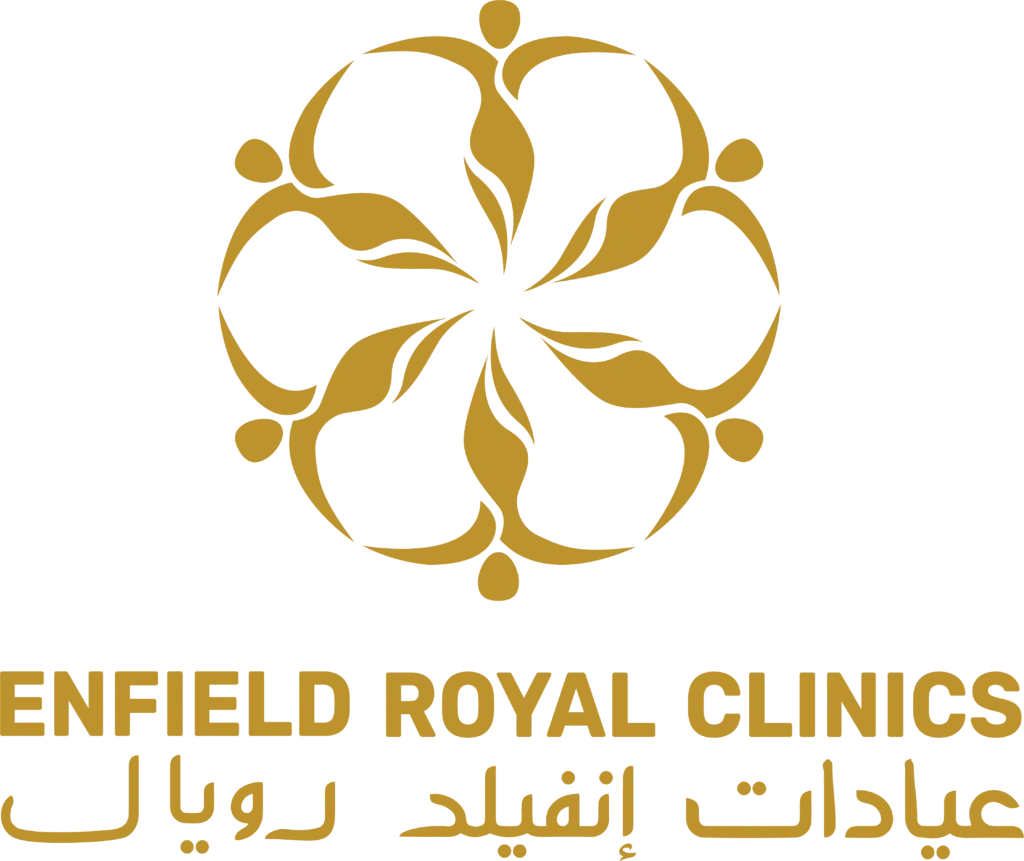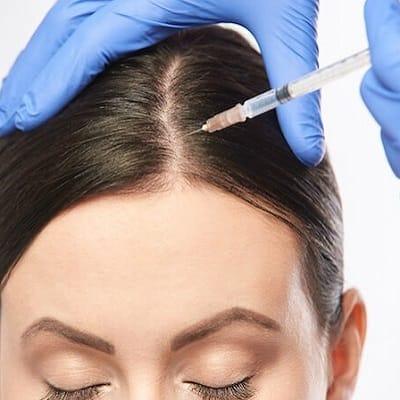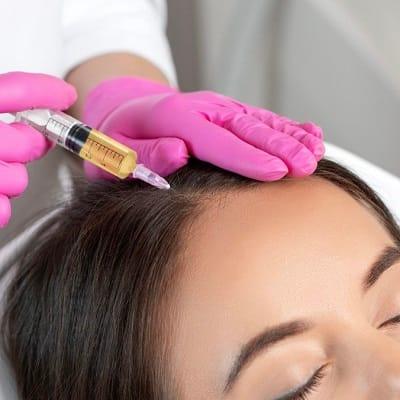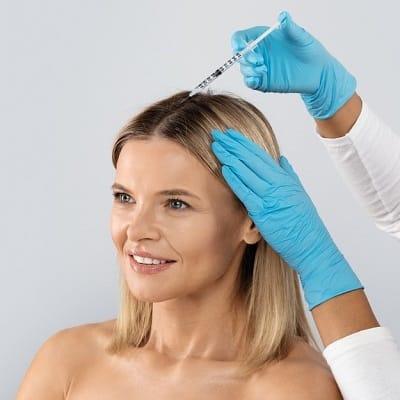Thanks to advancements in medical technology, people are living longer and developing the body mechanism to heal the pains naturally, which has become more common over time. The most common cause of disability worldwide is joint pain, namely knee pain. Numerous studies have reported that a quarter of a billion people worldwide are affected by joint-related diseases. One most common ways of joint pain healing is prp. This blog will give you comprehensive information about what PRP is for knees and how it helps.
What is PRP?
Due to revolutionary discoveries and inventions in medical treatment, a blast of new techniques and treatments has been tested and proved effective. It is one of the groundbreaking treatments for various ailments, including knee pain. Whoever you are and what chronic knee issues you may have, PRP therapy offers a promising alternative.
What Is PRP for Knees, and How Does It Help?
PRP therapy is a medical procedure that uses your blood’s inherent healing abilities to encourage tissue regeneration and recovery. Simple blood collection is the first step in the procedure, and platelets, growth factors, and white blood cells are then separated and concentrated using a specialized centrifuge. The wounded area in the knees is immediately treated with this concentrated solution, PRP.
How PRP Helps Injured Knees?
- Reducing Inflammation: Osteoarthritis is one of the disorders that can produce inflammation, one of the main reasons for knee pain. PRP has a wealth of anti-inflammatory chemicals that reduce pain and swelling.
- Initiating Tissue Repair: PRP contains abundant growth factors that initiate and expedite the body’s natural healing process. When injected into the knee joint, it encourages the healing of injured tissues, including tendons and cartilage.
- Pain Relief: PRP therapy reduces knee pain by addressing its underlying causes. As a result, the tissues strengthen and mend, providing both short-term alleviation and long-term effects. PRP therapy is a process that is considered minimally invasive. Compared to common surgical procedures like knee replacement, it promises a less painful and quicker recovery.
- Long-Lasting Benefits: PRP therapy for knees can have long-lasting benefits. After receiving treatment, many patients feel relieved for months or even years.
Applications of PRP for Knee Pain
The following situations can benefit from PRP therapy for knee issues:
- Osteoarthritis: A degenerative joint disease, osteoarthritis typically affects the knees. PRP therapy can lessen the pain and inflammation caused by this condition, enhancing joint function and quality of life.
- Tendon injuries: Patellar tendinopathy, sometimes known as jumper’s knee, is a tendon issue that frequently results in persistent knee pain. PRP treatment can help these tendons recover and relieve pain.
- Surgical Recovery: PRP therapy accelerates the healing process following surgery. It promotes tissue healing and helps to lessen pain and edema.
How Does PRP Procedure Work?
When opting for PRP therapy for knee issues, the procedure is relatively straightforward:
Consultation: The first step in your journey is to see a healthcare provider. They will evaluate your condition and medical history and determine if PRP therapy is suitable for you.
Blood Draw: After the green light for PRP therapy, a small amount of your blood will be drawn, similar to a regular blood test.
Centrifugation: The drawn blood is placed in a centrifuge, which separates the PRP from other components in your blood.
Injection: The concentrated PRP is carefully injected into the affected knee joint. This step is typically guided by ultrasound or fluoroscopy to ensure precision.
Recovery: Following the procedure, you can usually return to your daily activities, with restrictions on vigorous exercise. Some patients may experience mild discomfort at the injection site, but this should subside within a few days.
Conclusion
It is a revolutionary treatment for knee discomfort. It offers long-lasting pain relief, promotes tissue repair, and lowers inflammation. PRP has many applications, including treating osteoarthritis, tendon injuries, and surgical recovery. It improves the general health and functionality of the knee joint and relieves symptoms. For knee PRP, the results mainly depend on the expertise and understanding of your doctor. If you are searching for the best doctor for knee PRP in Islamabad, Enfield Royal Clinic is your best and safest option.










Leave a Reply